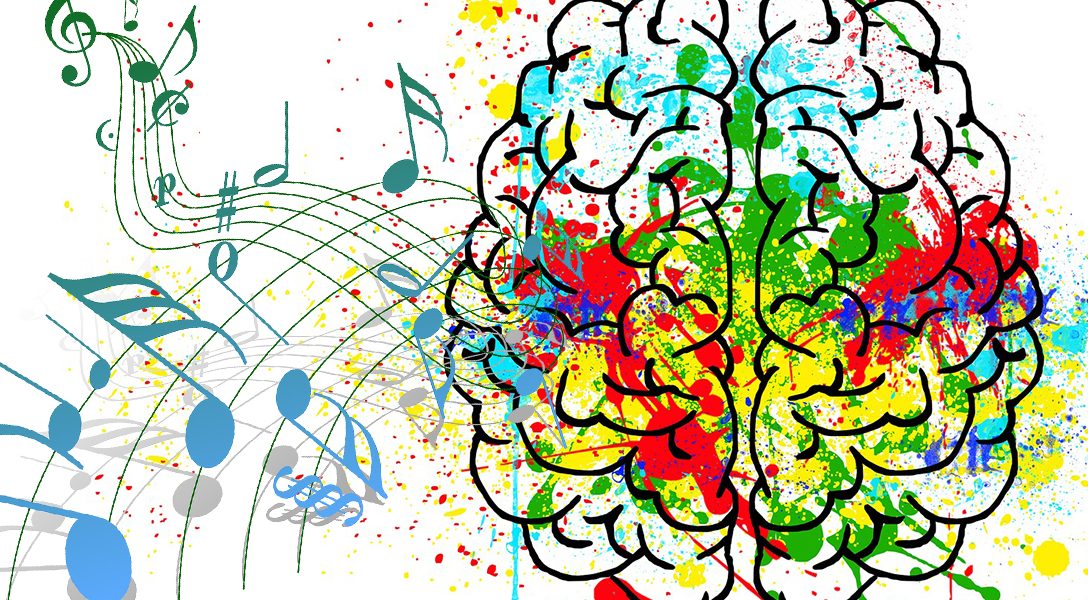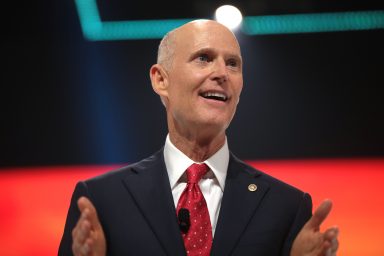When the brain is damaged, patients can regain speech and movement with the aid of Neurologic Music Therapy.
Nothing brings out the grinch in some like the early debut of seasonal music when the season hasn’t even started. Reactions can of course go the other way — people weep with joy at memories attached to a song from their past.
Whatever the reaction, music is powerful. Now, a small company in Massachusetts is trying to harness that power to help people with traumatic brain injuries talk again. And scientists say music is actually rewiring patients’ brains.
It is well documented that those with Alzheimer’s disease can benefit from hearing and singing songs they remember from earlier in life — but research into music’s ability to create new pathways in the brain to combat impairment of language abilities (aphasia), hemineglect, and loss of movement is relatively new. Hemineglect is when brain trauma leads patients to lose the ability to pay attention to one side of space. For example, ask them to draw a clock face and they will only draw half of it, ignoring the other side and leaving it completely blank.
The branch of rehabilitation called Neurologic Music Therapy (NMT) helps patients who have suffered terrible brain injuries regain function — through singing and playing percussive instruments.
When brain injuries affect the left side of the brain, patients can struggle with aphasia because the language function is all held on the left side. Music is different. The fine motor skills necessary to appreciate and make music are a mix of the creative skills found on the right hemisphere, and the mathematical and linguistic aspects found on the left. Playing music has also been shown to strengthen the part of the brain that links between both hemispheres, the corpus callosum. NMT can build a new language area in the right hemisphere, as the late Dr. Oliver Sacks said while speaking about one of the most high-profile brain injury success stories — that of former Rep. Gabby Giffords. “Nothing activates the brain so extensively as music, to be possible to create a new language area in the right hemisphere.”
This is the science that NMT triggers — and that NMT companies like Medrhythms are trying to put to use. It is one of only a handful of neurological rehabilitation companies in the country, created to meet the demand witnessed by its CEO and founder Dr. Brian Harris in the early stages of his career.
Like most of the small number of music therapists in the US, Harris started off as an employee of a hospital working at a stroke and brain injury unit. In fact he was the very first music therapist at Spaulding hospital in New England.
“Within just a few weeks of me being there people were getting better faster, with greater results, and very quickly the demand for these services outgrew our ability to supply them,” he told WhoWhatWhy. He saw an opportunity, and started his company as a way of meeting that need. At first it was a lot of hard, lonely, yet rewarding work.
“It was me, working at the hospital eight hours a day. And then I was going to people’s homes in the evenings and weekends doing in-home care. Then we started hiring some other therapists and we quickly grew.”
Despite there being so few practitioners in this new field it seems as though demand for more NMT therapists will rise as news of its benefits spread.
This week’s videos are a demonstration of a patient’s progress thanks to NMT sessions, and a fun cartoon showing just exactly what happens to the brain when playing music.
Related front page panorama photo credit: Adapted by WhoWhatWhy from singer (Bryan Estabrooks / Flickr – CC BY-SA 2.0) and drums (Elvert Barnes / Flickr – CC BY-SA 2.0).



